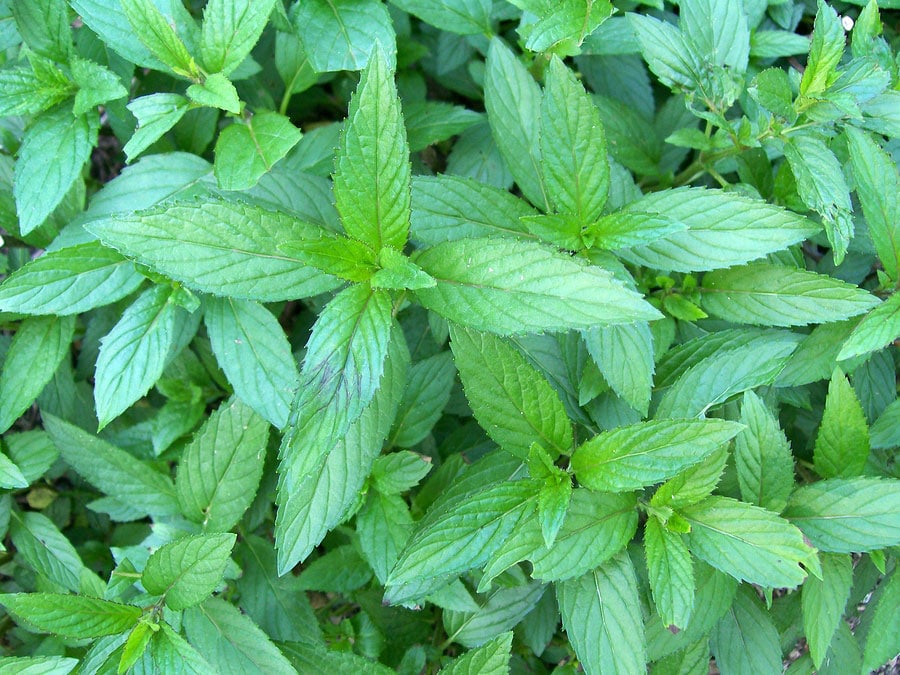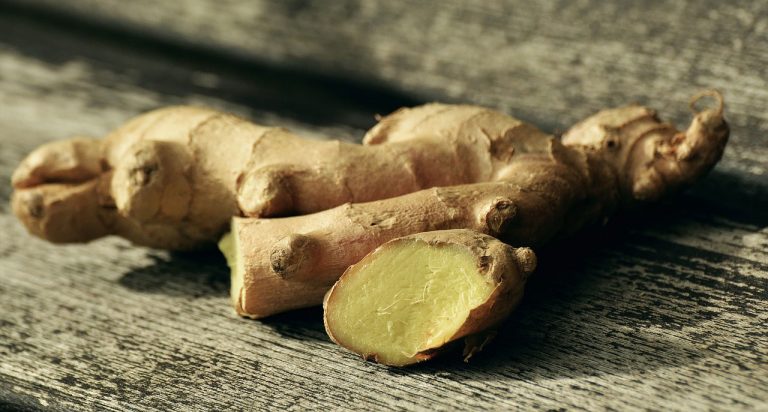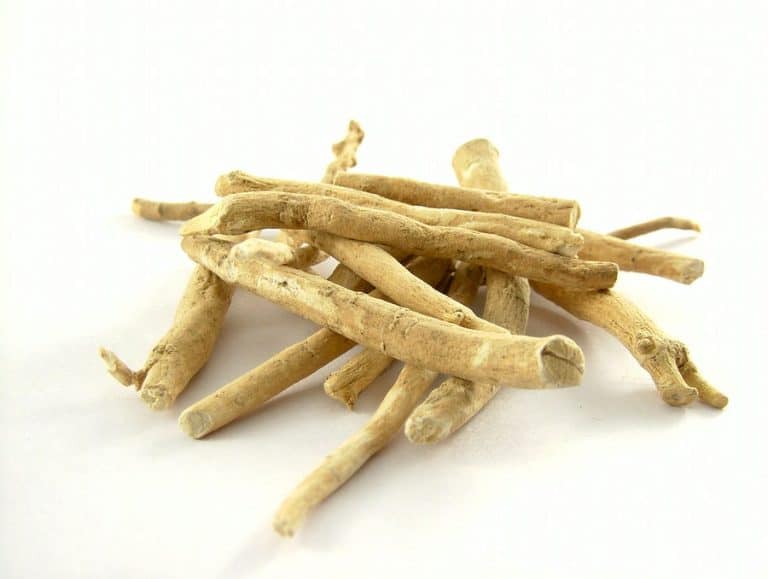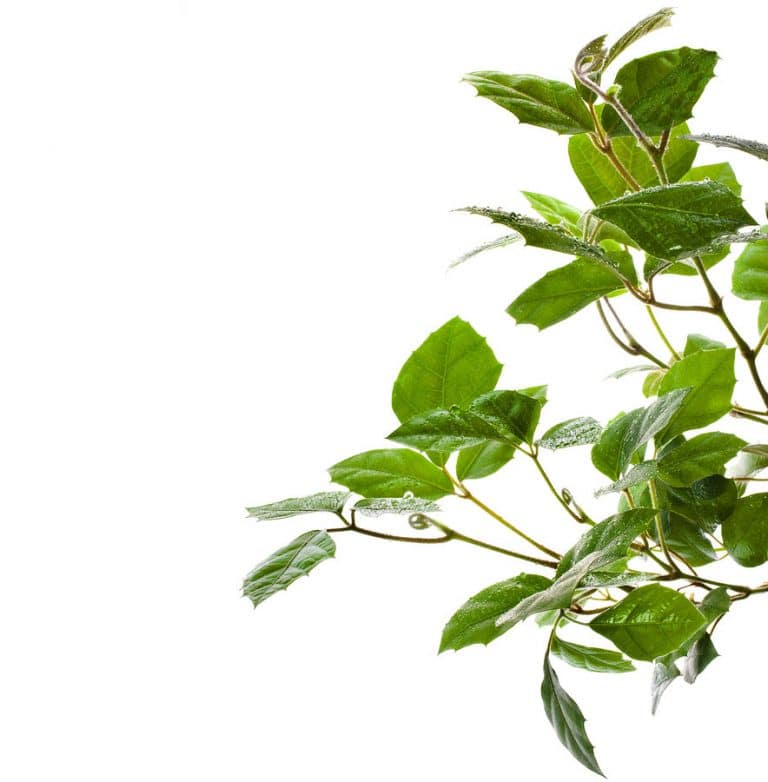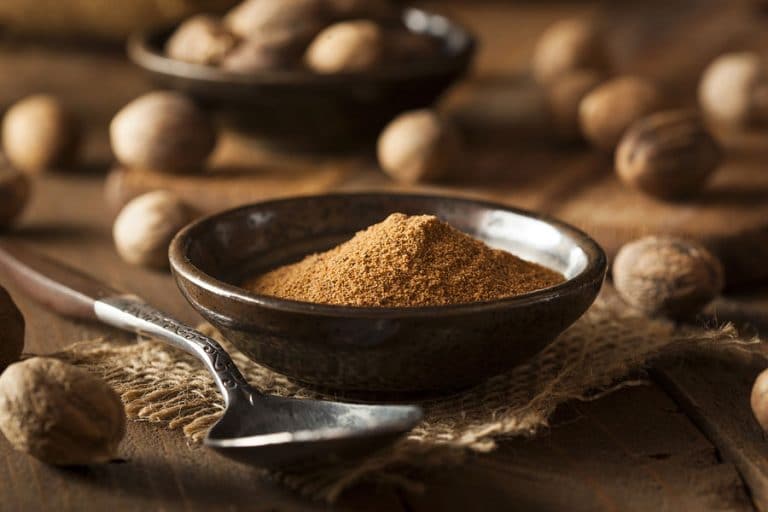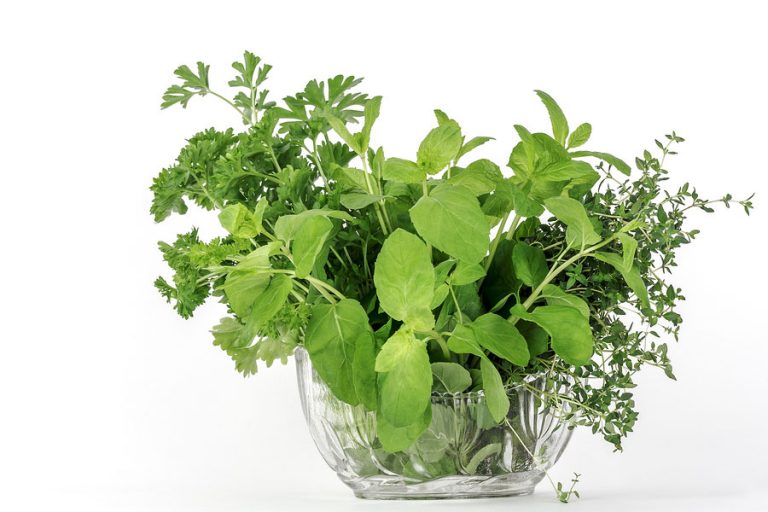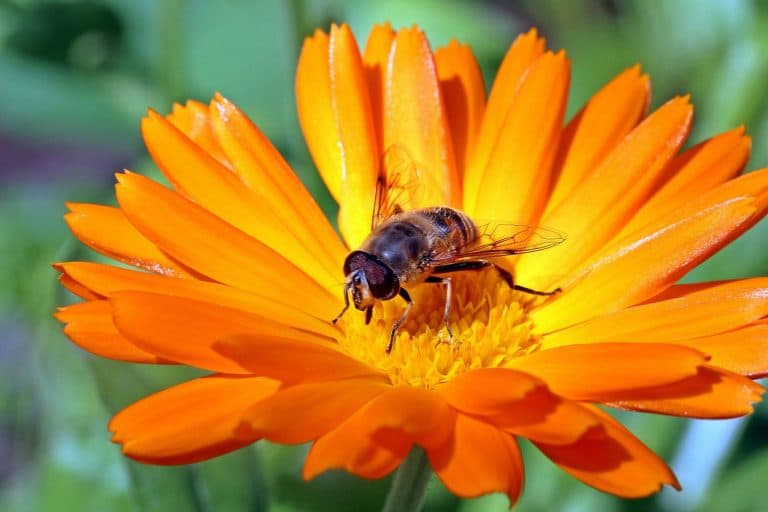Pepper Peppermint
Scientific Classification
| Kingdom: | Plantae |
| Order: | Lamiales |
| (unranked): | Angiosperms |
| (unranked): | Eudicots |
| (unranked): | Asterids |
| Family: | Lamiaceae |
| Genus: | Mentha |
| Species: | P. Dioica |
| Binomial Name: | Mentha x Piperita |
Peppermint, scientifically named as ‘Mentna x Piperita’ is also called M. Balsamea Wild. It is a mint of hybrid quality, which is a crossbreed of spearmint and water mint. This plant is a native of the Middle Eastern countries and the European continent. Presently it is widely cultivated the world over. We come across it in the wild along with its original species.
History
Peppermint is one among the hundreds of varieties belonging to the genus Mentha. Forest mint, water mint and spearmint are, in addition, included in this species.. Peppermint is considered as a natural hybrid plant of the water mint and spearmint. Some people believe that peppermint was not a hybrid mint and was grown till the 18th century in England, since there are references of peppermint in the ancient English textbooks. The perplexity regarding this is because of the swapping of the generic word mint and that of spearmint. There is an extended account of the cultivation of peppermint, which has culinary usage and as an herb in medicine from the 15th century BC.
Anatomy
Peppermint is a rhizomatous herb, perennially growing as high as 30 to 90 cm (12 to 35 in), its stems have a square shape in the cross section and they are smooth in texture. The rhizomes are fleshy, roots are bare and fibrous, and they spread widely. The length of the leaves of the peppermint range from 4 to 9 cm (1.6 to 3.5 in) and their breadth from 1.5 to 4 cm (0.59 to 1.57 in), the color of the leaves are deep green, and the veins are reddish, the shape is acute apex the margins are roughly toothed. The blossoms are purple in color of length 6 to 8mm (0.24 to 0.31) and their corolla has four lobes around 5mmP (0.20 in) in diameter.
Habitat
Usually peppermint is found in moist locations, which includes drainage ditches and streams. Since it is a hybrid variety, it is sterile, it does not produce seeds; therefore its reproduction is specifically vegetative.
Other than its indigenous locations, the peppermint was earlier cultivated for oil. These feral plants grew abundantly, as such; it is believed to be an invasive plant in the Galapagos Islands, New Zealand and Australia.
Soil for Planting
Soils of average richness and properly drained is ideal for the growth of Peppermint. They should have a pH value of 6 to 7. Still peppermint grows in most of the soil.
Planting
Mint is propagated either through growth from seeds, by separating developed plants and growing them or by means of cuttings,
Mint spreads fast and with ease; therefore, while selecting a place for planting your mint; you would do well to plant it in a secluded place. Discard or trim at once, all the stems that you notice are staggered out of the border
Watering
While growing mint, see that you never dry out the soil. Still be careful not to water your mint in excess, since, a soil soaked with the water brings disease to the plant. In order to maintain the roots cool, and for retaining the moisture in the soil, attempt to apply mulch to a reasonable thickness for your mint plant.
Temperature and Humidity
Bell peppers are crops of the warm-climate; they thrive when the temperature range is from 18 to 30° C (65 to 86°F)
Another aspect of consideration is humidity. Therefore, either in-between you must mist the plant or establish the container on a tray filled to its brim with pebbles.
Flowering and Maturing Care
For prolonged nurturing of the growth of mint indoors, one watering should be done only to the extent that the plant needs moisture, just enough to keep it moist. The time for watering is when the top layer of the soil is dry to your touch; if not just maintain the soil moist.
Pests and Diseases
The symptoms of the diseases caused are brown, bright orange, yellow, dusty or small pustules, found beneath the leaves; freshly grown shoots are prone to distortion and fading; big portions of the tissue of the leaf die and fall from the plant leading to fungus.
Diseases are harmful to the mint and are contagious to the adjacent mint plants.
Uses
Since ancient times Peppermint has been used in aromatherapy and in folk medicines. Generally, peppermint is believed to cure or soothe symptoms relating to vomiting, nausea, pain in the abdomen, irritable bowels, indigestion and bloating. However, the majority of these effects have not been scientifically explained in human research.

Having discovered a fondness for insects while pursuing her degree in Biology, Randi Jones was quite bugged to know that people usually dismissed these little creatures as “creepy-crawlies”.

